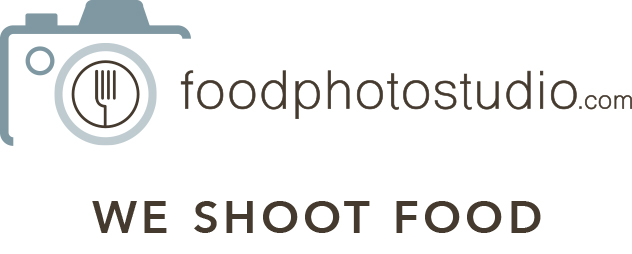Does it matter what you put in your emails? You bet it does.
By now, most people are deeply familiar with the conventions and formats of email. In 2021, Pew Research Center found that 93% of U.S. adults use email; many have done so for decades. Worldwide, more than half of the world’s population now has an email address.
That means you can’t send “same old, same old” emails to your customers and expect fantastic results.
Bad Emails Are Bad for Business
A terrible (or even just mediocre) email can be harmful to your business. Consider these stats from a 2020 Twilio study of consumer communications preferences:
83% of consumers prefer email as a method of receiving communications from businesses, but 94% are annoyed by some messages they get
The top annoyance is content that’s not relevant to them
71% will penalize a business for not using email correctly, usually by unsubscribing
The Power of Sending Great Emails
On the flip side, when a business does communicate correctly via email, the payoff can be enormous.
The Twilio study found that 75% of consumers will reward a business that emails well with more website visits, purchases, word-of-mouth recommendations, and positive reviews.
So how do you put together a perfect email for your customers?
How to Construct the Perfect Email for Business Success
1. Make the intent of your email clear.
“Consumers are looking for emails that have a clearly defined purpose,” according to Jeremy Goldman of eMarketer.
Examples of clearly defined purposes for an email include:
Sharing a deal or promotion
Announcing a product change
Introducing a new item
Requesting a product review
Requesting survey feedback
Asking for votes in a community contest (such as “best of” lists compiled by regional media)
You might be surprised by the last three, which ask the consumer to take an action that doesn’t directly benefit them. Goldman notes that consumers aren’t automatically put off by such requests. As long as the request is clear from the start, supportive customers will happy oblige.
2. Personalize your email to each recipient.
At minimum, include the person’s first name. Younger generations (Millennials and Gen Z) especially respond to personalized email messages, according to Twilio.
If you have first names in your mailing list, include them in the subject line and also the body of your message as a greeting. If you don’t have your customers’ names, consider adjusting your sign-up form right now so you can collect and use them to personalize emails moving forward.
As you become more sophisticated with email marketing, consider playing with segmentation. That’s where you divide your email list into segments (say, by location, interests, or purchase history) and then send messages that are even more personalized.
3. Include visuals in your emails.
Visuals (such as photography, gifs, or videos) do two things: They make your email messages more interesting to read, and they make them more effective.
CRM provider SuperOffice has found that subject lines with the word “video” have 6% higher open rates than those without.
To ensure your visuals do their job, place them “above the fold.” (In other words, put them early in the message.) That way, your customers can see the visual — or at least part of it — as soon as they open the email, even if they’re on a mobile device. You’ll draw them in and entice them to scroll through for the full message.
When creating visuals, spring for the best you can afford. Stock photography is fine when you’re starting out, but at some point, you’ll want to upgrade to custom photography that reflects your actual business and products.
This post can help you determine if it’s time to start working with a professional for your visuals. (It’s geared to Food Photo Studio’s typical clients — mainly food-related businesses — but the tips are useful for any industry.)
The Takeaway
Your customers want to hear from you via email, but any old message won’t do. Today’s sophisticated email consumers want three things: a clear intent, personalization to them, and compelling visuals, such as photography and motion.
If you get these three things right, you’ll be sending perfect emails that please your customers and get them to buy from you again and again.













